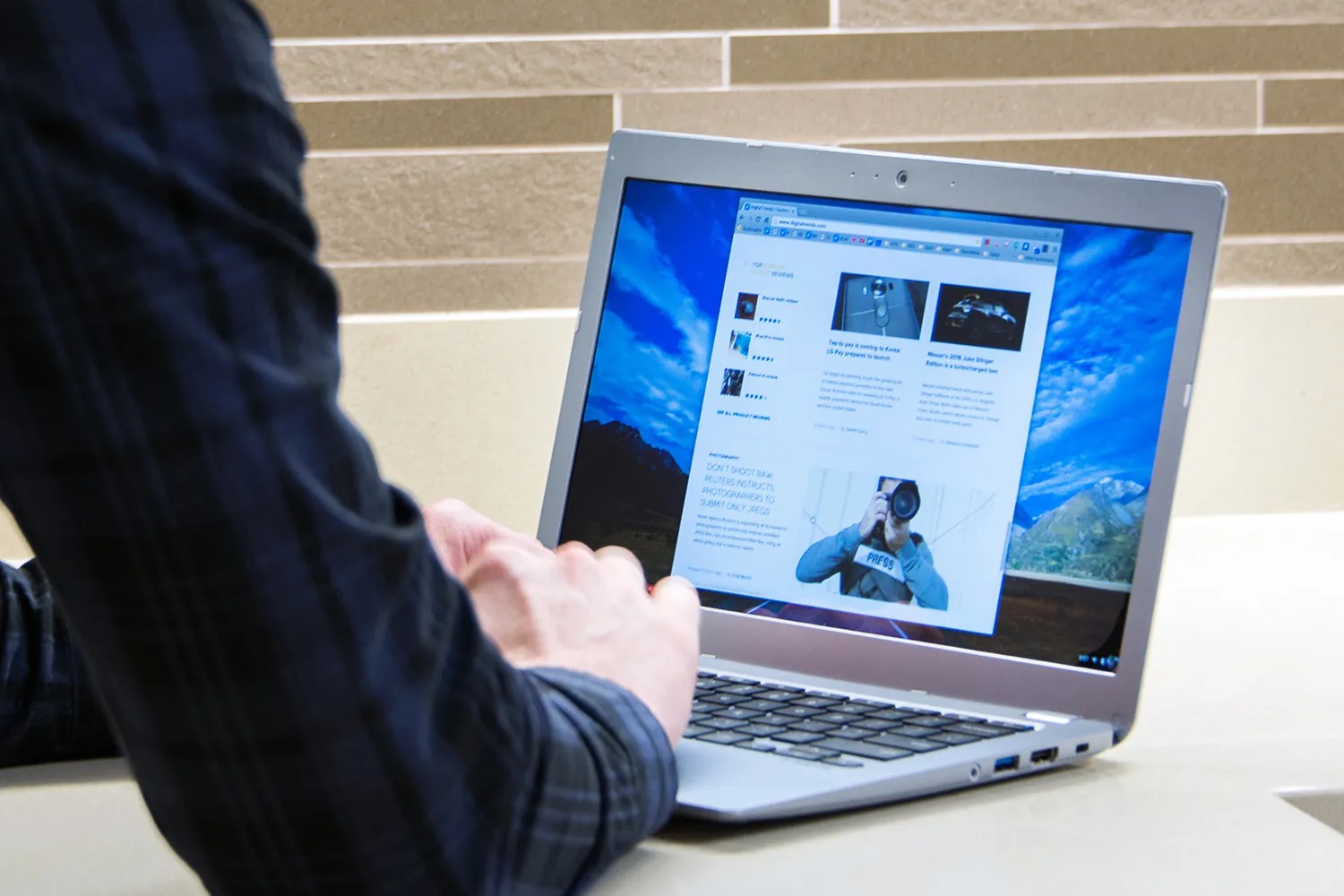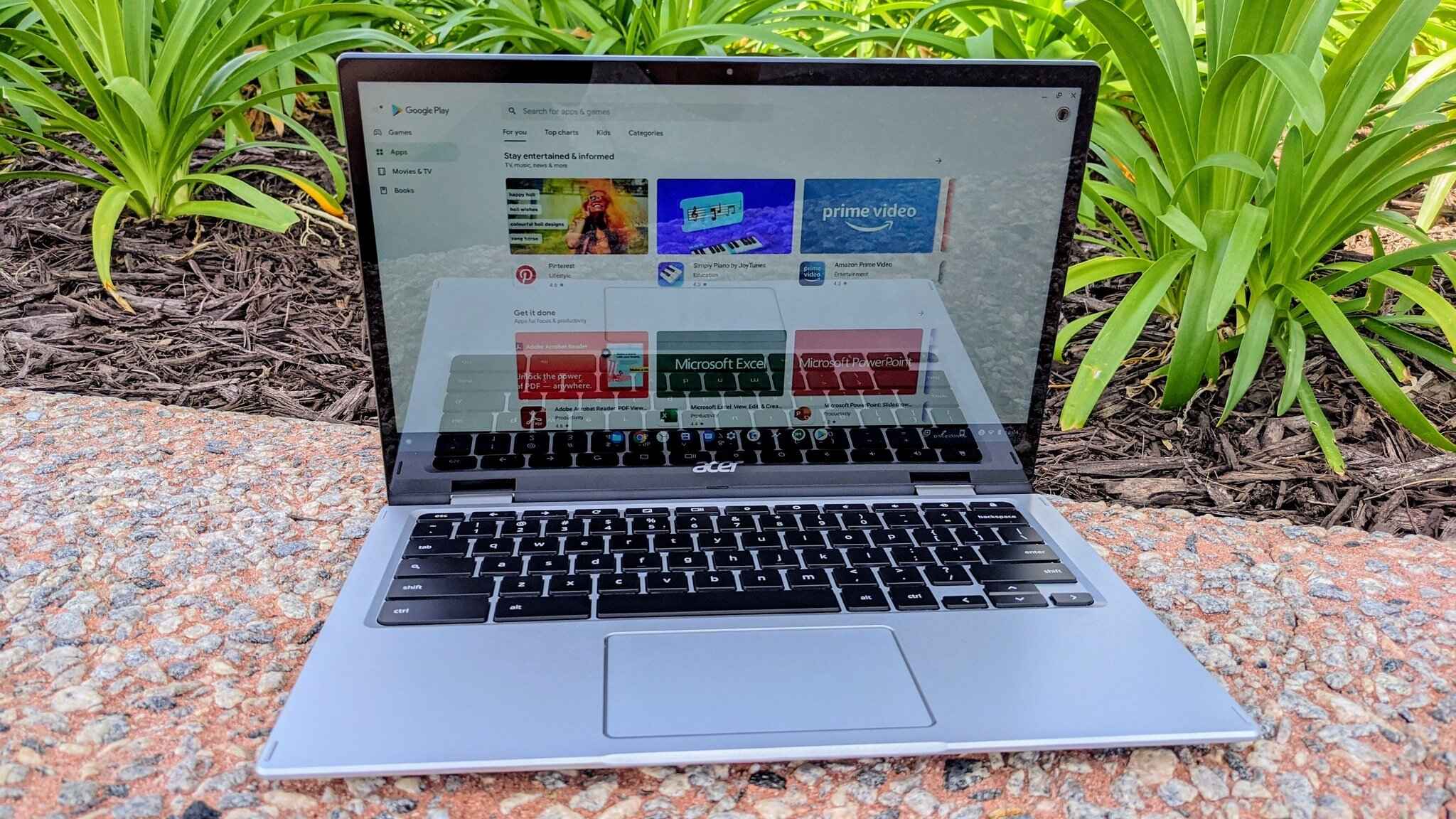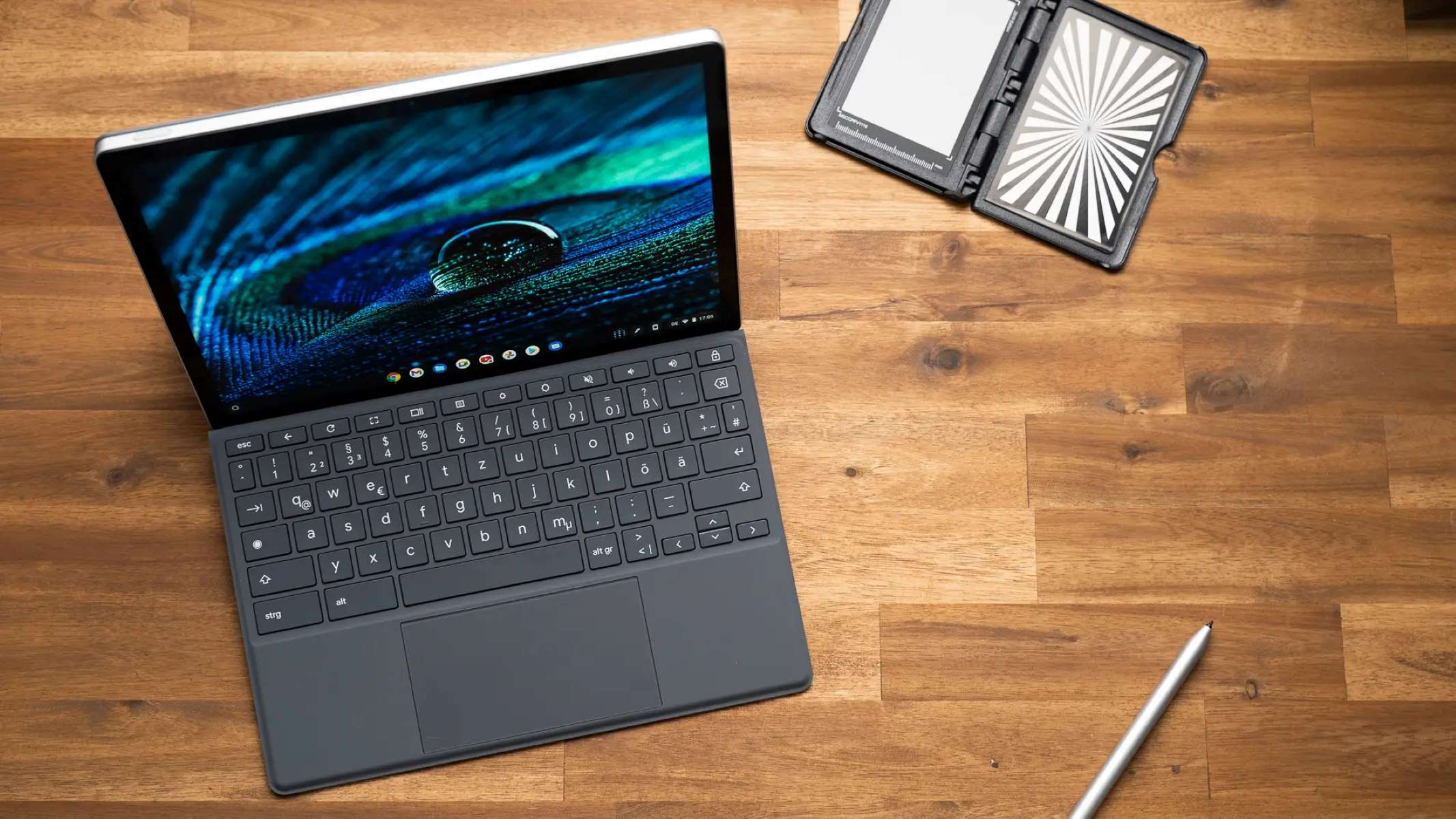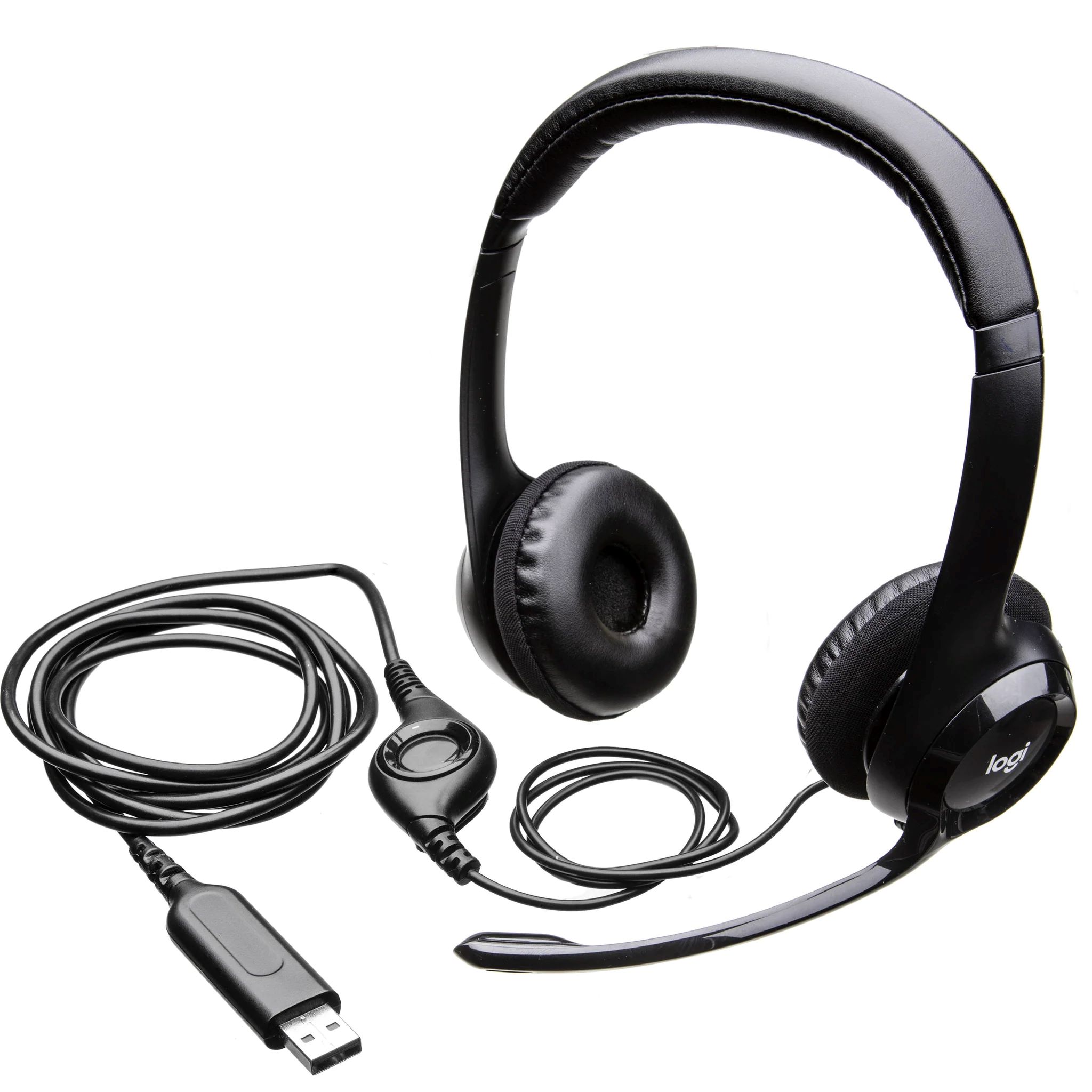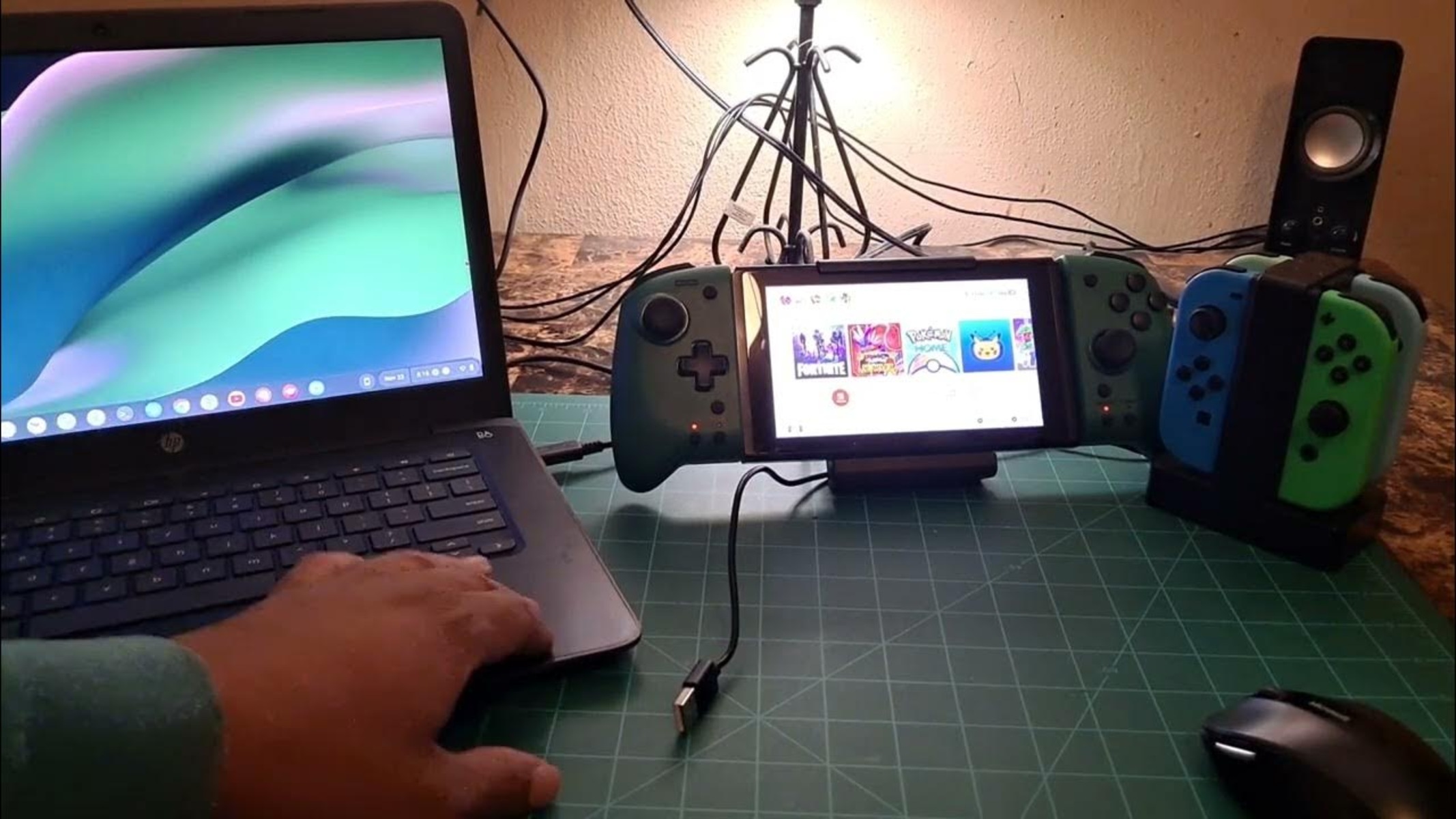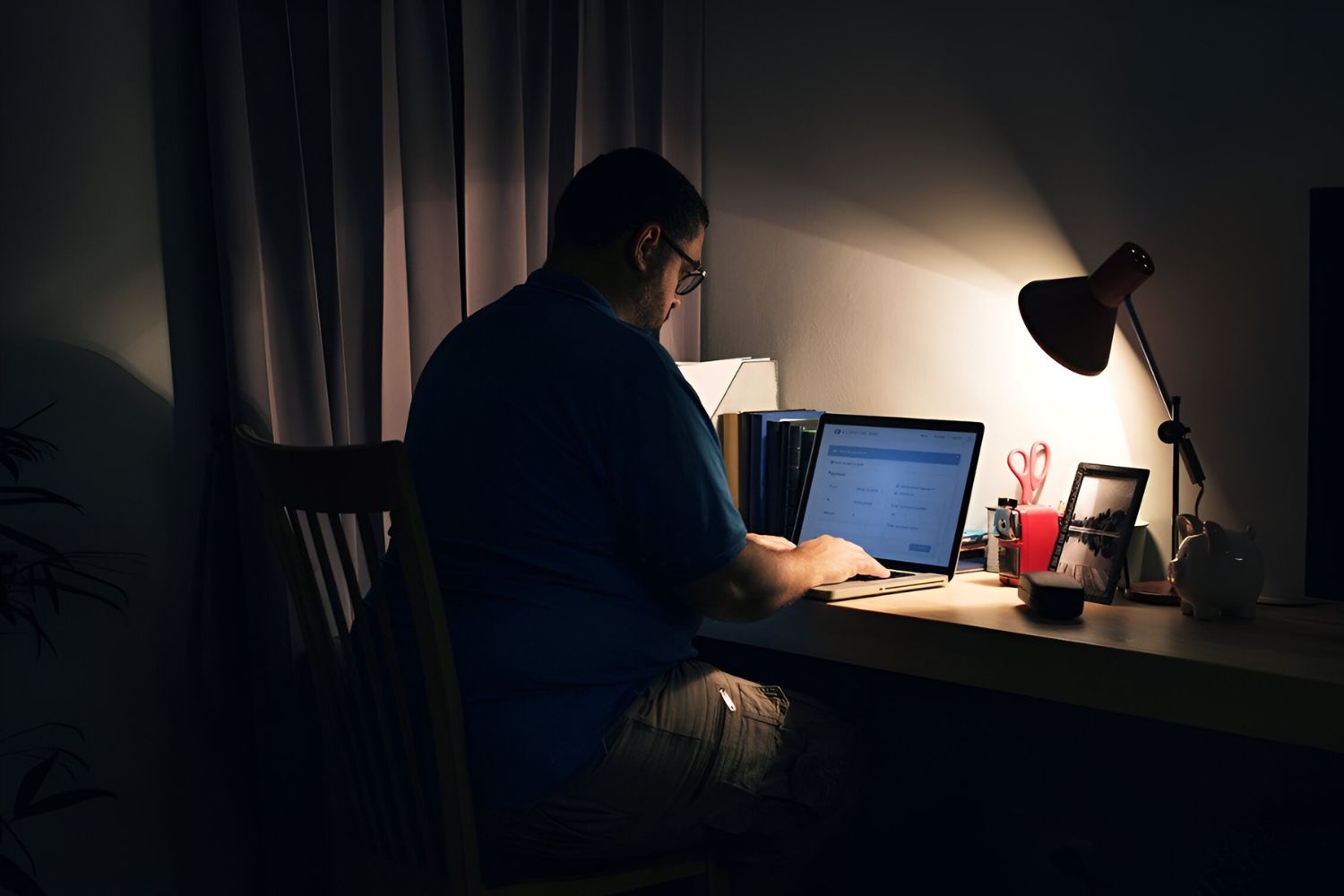Introduction
In today's digital age, the widespread use of electronic devices has become an integral part of our daily lives. From work to leisure, we are constantly surrounded by screens, and the impact of this prolonged exposure on our eyes cannot be overlooked. With the surge in remote work and virtual learning, individuals are spending more time in front of their devices, leading to concerns about eye strain and discomfort. Fortunately, technological advancements have paved the way for innovative solutions to address these issues, with one such feature being the ability to reduce blue light emission on devices like Chromebooks.
As the primary source of blue light exposure for many users, Chromebooks offer a range of settings and features designed to enhance the viewing experience and minimize the potential negative effects of blue light. By understanding the impact of blue light and exploring the various display settings available on Chromebooks, users can take proactive steps to create a more comfortable and visually-friendly environment.
In this comprehensive guide, we will delve into the intricacies of blue light and its effects, explore the display settings on Chromebooks, and provide step-by-step instructions on how to disable blue light for a more comfortable viewing experience. Additionally, we will offer practical tips to optimize your Chromebook usage and ensure a pleasant and eye-friendly screen time. Join us on this journey to discover the power of Chromebook settings in promoting visual well-being and comfort during extended screen usage.
Understanding Blue Light and its Effects
Blue light, a high-energy visible (HEV) light, is a prominent component of the visible light spectrum. It is emitted by the sun, as well as digital screens, LED lighting, and fluorescent bulbs. While exposure to natural blue light during the day can have beneficial effects on our mood, attention, and cognitive function, overexposure to artificial sources of blue light, especially during the evening and nighttime, can pose potential risks to our visual health and overall well-being.
The human eye is not very efficient at blocking blue light, allowing it to penetrate deep into the eye. This can lead to digital eye strain, also known as computer vision syndrome, characterized by symptoms such as dry eyes, headaches, blurred vision, and difficulty focusing. Prolonged exposure to blue light, particularly in the evening, can also disrupt the body's natural sleep-wake cycle by suppressing the production of melatonin, a hormone that regulates sleep. This can result in sleep disturbances and contribute to the development of sleep disorders.
Moreover, scientific studies have suggested that chronic exposure to blue light may increase the risk of age-related macular degeneration (AMD), a leading cause of vision loss. The retina, a light-sensitive layer at the back of the eye, is particularly vulnerable to damage from blue light, potentially accelerating the progression of AMD.
In the context of digital devices like Chromebooks, where users spend extended periods engaging with the screen, the potential impact of blue light on visual comfort and health becomes a pertinent concern. Recognizing these effects underscores the importance of implementing measures to mitigate the potential risks associated with blue light exposure. By understanding the dynamics of blue light and its effects on the eyes and overall well-being, users can make informed decisions and utilize available technologies to create a more eye-friendly digital environment.
Chromebook Display Settings
Chromebooks offer a range of display settings that empower users to customize their viewing experience and optimize visual comfort. These settings are designed to address various aspects of display quality, including brightness, color temperature, and blue light emission. By familiarizing themselves with these options, users can tailor their Chromebook's display to suit their preferences and mitigate the potential impact of prolonged screen exposure on their eyes.
Display Brightness
One of the fundamental display settings on a Chromebook is brightness control. Users can adjust the brightness level to ensure optimal visibility while minimizing eye strain, especially in varying lighting conditions. Whether working in a brightly lit environment or during nighttime, the ability to fine-tune the display brightness is essential for creating a comfortable viewing experience.
Color Temperature Adjustment
Chromebooks also provide users with the option to adjust the color temperature of the display. This feature enables users to modify the warmth or coolness of the screen's color output. By fine-tuning the color temperature, users can customize the visual appearance of the display to better suit their preferences and reduce potential eye discomfort associated with prolonged screen exposure.
Night Light Mode
Introducing a dedicated feature to address blue light emission, Chromebooks offer a Night Light mode. This functionality allows users to reduce the amount of blue light emitted by the screen, particularly during evening and nighttime usage. By applying a warmer color filter to the display, Night Light mode aims to minimize the disruptive effects of blue light on sleep patterns and overall visual comfort.
Display Resolution
Chromebook users have the flexibility to adjust the display resolution based on their specific requirements. Whether prioritizing clarity and detail or seeking to conserve battery life, the ability to modify the display resolution empowers users to tailor their viewing experience according to their preferences and usage scenarios.
Accessibility Features
Inclusivity is a key aspect of Chromebook display settings, with a range of accessibility features designed to accommodate diverse user needs. These features include options for magnification, high contrast mode, and screen reader support, enhancing the usability of Chromebooks for individuals with visual impairments or specific accessibility requirements.
By leveraging these display settings, Chromebook users can personalize their viewing experience, reduce eye strain, and create a visually accommodating environment that aligns with their individual preferences and needs. These settings not only contribute to enhanced visual comfort but also underscore the commitment to user-centric design and accessibility within the Chromebook ecosystem.
How to Disable Blue Light on a Chromebook
To disable blue light on a Chromebook and promote a more comfortable viewing experience, users can leverage the Night Light mode feature. This functionality, integrated into Chromebook display settings, enables users to reduce the emission of blue light from the screen, particularly during evening and nighttime usage.
Here's a step-by-step guide on how to access and customize the Night Light mode on a Chromebook:
-
Accessing Display Settings: Begin by clicking on the system tray located in the bottom-right corner of the screen. Next, select the gear-shaped "Settings" icon to access the Chromebook settings menu.
-
Navigating to Display Settings: Within the settings menu, locate and click on the "Device" category. From the device settings options, select "Displays."
-
Activating Night Light Mode: Under the "Display" settings, users can find the "Night Light" option. By toggling the Night Light mode to the "On" position, users can activate this feature to reduce blue light emission from the screen.
-
Customizing Night Light Settings: Chromebook users have the flexibility to customize the intensity of the Night Light mode. By adjusting the "Color Temperature" slider, users can fine-tune the warmth of the display to suit their preferences, thereby reducing the impact of blue light on their eyes.
-
Scheduling Night Light Activation: To further streamline the experience, Chromebook users can schedule the activation of Night Light mode. By clicking on "Schedule," users can define specific times for the Night Light mode to automatically activate, aligning with their evening and nighttime usage patterns.
By following these straightforward steps, Chromebook users can effectively disable blue light emission and create a visually soothing environment for extended screen usage. The Night Light mode serves as a valuable tool in promoting visual comfort and minimizing the potential adverse effects of blue light on eye health and sleep patterns.
Incorporating this feature into the Chromebook display settings exemplifies the commitment to user well-being and underscores the adaptability of technology to address the evolving needs of users in the digital landscape. Through proactive utilization of Night Light mode, Chromebook users can curate a more eye-friendly and comfortable viewing experience, enhancing their overall satisfaction and well-being during prolonged screen engagement.
Tips for a Comfortable Viewing Experience
-
Take Regular Breaks: Incorporating frequent breaks into your screen time is essential for reducing eye strain and fatigue. The 20-20-20 rule is a helpful guideline: every 20 minutes, take a 20-second break and focus on something at least 20 feet away. This practice can alleviate the strain on your eyes caused by prolonged screen exposure.
-
Optimize Lighting: Ensure that the lighting in your environment is conducive to comfortable screen viewing. Avoid excessive glare or harsh lighting that can cause reflections on the screen, leading to visual discomfort. Positioning your Chromebook to minimize glare and adjusting ambient lighting can significantly enhance your viewing experience.
-
Ergonomic Setup: Pay attention to your posture and the ergonomic arrangement of your workspace. Position your Chromebook at eye level and maintain a comfortable viewing distance. Additionally, using an external keyboard and mouse can contribute to a more ergonomic setup, reducing physical strain during extended usage.
-
Adjust Font Size and Display Scaling: Customizing the font size and display scaling settings on your Chromebook can improve readability and reduce eye strain. Experiment with different settings to find the optimal text size and display scaling that best suits your visual comfort and preferences.
-
Blue Light Filtering Glasses: Consider investing in blue light filtering glasses, which are designed to minimize the impact of blue light on your eyes. These specialized glasses can be particularly beneficial for individuals who spend extended periods in front of digital screens, offering an additional layer of protection against blue light exposure.
-
Screen Cleanliness: Regularly clean your Chromebook screen to maintain clarity and reduce potential visual distractions. A clean screen not only enhances visibility but also contributes to a more pleasant and comfortable viewing experience.
-
Mindful Usage: Be mindful of your overall screen usage habits. Strive to strike a balance between screen time and non-screen activities. Engaging in outdoor activities, reading physical books, and participating in screen-free hobbies can provide essential breaks for your eyes and promote overall well-being.
By integrating these tips into your Chromebook usage routine, you can cultivate a more comfortable and visually-friendly experience. These practices are aimed at enhancing your visual comfort, reducing eye strain, and promoting a healthier relationship with digital screens. Embracing these tips in conjunction with the customizable display settings on your Chromebook can significantly contribute to a more enjoyable and sustainable screen usage experience.
Conclusion
In conclusion, the evolving landscape of digital technology has ushered in a new era of screen-centric lifestyles, with devices like Chromebooks playing a pivotal role in facilitating productivity, learning, and entertainment. However, the prolonged engagement with digital screens has raised concerns about the potential impact on visual comfort and overall well-being. The integration of blue light reduction features, such as the Night Light mode, within Chromebook display settings represents a proactive step towards addressing these concerns and prioritizing user comfort.
By understanding the effects of blue light on eye health and sleep patterns, Chromebook users can leverage the customizable display settings to create a visually accommodating environment. The ability to adjust display brightness, color temperature, and activate Night Light mode empowers users to tailor their viewing experience and mitigate the potential adverse effects of blue light emission. Additionally, the accessibility features further reinforce the inclusivity and user-centric design ethos of Chromebooks, catering to diverse user needs and preferences.
The step-by-step guide on how to disable blue light on a Chromebook elucidates the user-friendly approach adopted by Chrome OS, enabling users to seamlessly access and customize the Night Light mode. This feature, coupled with the practical tips for a comfortable viewing experience, underscores the commitment to promoting visual well-being and empowering users to optimize their screen usage habits.
As individuals continue to navigate the digital landscape, incorporating the recommended practices, such as taking regular breaks, optimizing lighting, and mindful usage, can contribute to a more sustainable and enjoyable screen experience. The synergy between proactive display settings and user-driven practices aligns with the ethos of user empowerment and well-being within the Chromebook ecosystem.
Ultimately, the integration of blue light reduction features and the emphasis on user comfort within Chromebook display settings exemplify the harmonious convergence of technology and well-being. By embracing these features and adopting mindful screen usage habits, Chromebook users can cultivate a more comfortable, visually-friendly, and sustainable digital experience, enhancing their overall satisfaction and promoting long-term visual health.







